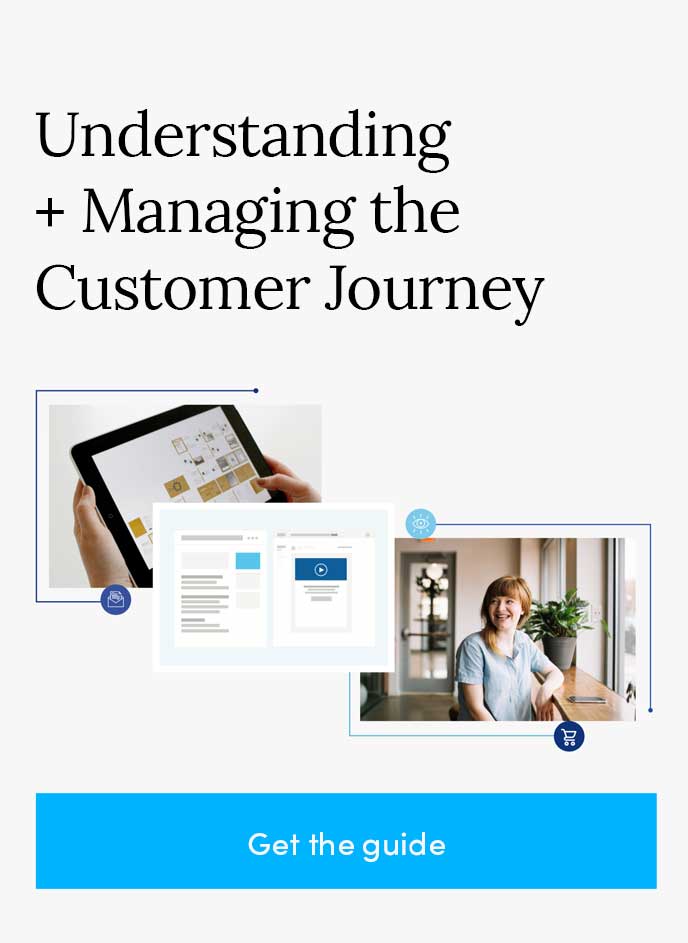Contrary to popular belief, the study of data is both a left-brained and right-brained endeavor. Lucky for us, Sarah Jeffrey feels comfortable with this seeming dichotomy.
Data will talk to you if you’re willing to listen
As some of you may know, the main SSDM mantra is “Grow Yourself, Grow Others.” In the spring of 2020, I did just that. I attended an event at Google’s local office, hosted by the Detroit chapter of the American Marketing Association, “Google Detroit Presents 2020 Marketing Trends in Data and Analytics!”
It solidified what I always thought in the back of my mind; analytics is indeed a blend of left- and right-brained traits and that without a solid understanding of the data relevance, it’s very difficult to clarify which data to pull and how to dissect it.
But the most important thing I’ve learned is the absolute power of asking “why?” Over and over, until you, the data gatherer, have a clear picture of what you’re studying and WHY.
Falling in Love
I fell in love with data. What I love is that, every day, the results of my efforts help to inform decision makers regarding critical strategies for their brand, their business and their success. Every day I ask “why?” Over and over again.
Seeing how the analyses can shape ideas and actions is a real turn on for me, because the intelligent use of data has forever changed the way advertising and marketing are designed, developed and executed.
So, for me, I’m in the right place at the right time to do what I love.

Do the right thing
A. Choosing the Right Data
It isn’t enough to just present numbers on a chart and call it research. Anyone can look at a chart and say “hey, this increased from last month or last year,” but what factors went into making that increase occur? There should be a reason and relevance to every piece of data in order to effectively tell a story and make sense of numbers and percentages, positives and negatives.
B. Telling the Right Story
When it comes to telling the story, finding the key takeaways and really analyzing the data, it’s so important to dig “below the surface.” Beyond a green arrow indicating “increase” and a red arrow indicating “decrease, there can be (and usually is) a deeper meaning behind that arrow.
For example, a website may be reporting lower site traffic compared to the previous year, but take into consideration that perhaps leads are up compared to the previous year, showing that while there is less traffic on the site overall, it is much more qualified traffic, indicating a prospect who is going to convert and purchase the product or request the service.
Quantitative: numbers | Qualitative: actions
Coming to the right conclusions
There are times where a campaign may not perform as well as expected. Going through and making the data “make sense” doesn’t always have positive outcomes. However, I like to find the positive in everything … but I go where the data leads me.
Writing report summaries does not come easy; there are lots of reviews and edits from senior team members, encouraging and mentoring me along the way.

Choosing the right tools
- Quantitative data analysis tools
We get our data from what we use! From Google Analytics to Facebook Business Manager, every platform provides crucial insights to what is and isn’t performing up to par and where the traffic is going.
- Qualitative reporting tools
SSDM works with an awesome third-party platform called NinjaCat to create and house our client reports. This UK-based platform has presented such a fun learning experience for me over the past year. I’ve had countless video chats and working sessions with the incredible support team in an effort to redesign the wheel that is our reporting track. In these efforts, I have streamlined the overall appearance, naming conventions and general flow of our reports to seriously improve the final version of each report, providing better comprehension overall.
Paying it forward
It is so crazy to think that, at this time last year, I was an intern at SSDM. I remember diving into anything I could in order to learn. I wanted to learn the industry, the tools, the potion behind the madness … and well, here I am! In addition, I was given the opportunity to manage the search for future SSDM interns. I get to be a part of the process from resume review to interview to weekly check-ins and benchmark checkpoints with our interns. It’s so cool to be able to guide them through what (I feel) was “just yesterday” for me!
It’s good to be a “tinkerer”
“All my life, I’ve wanted to “make things better.” Doodling on every piece of paper I could find, drawing and creating cool designs, building things out of scraps.”
This translated into being on the yearbook staff in high school, becoming editor-in-chief my senior year. That’s when I really remember myself thinking about something in a critical, analytical way.
Knowing we had to sell so many books, making sure we were selling ads, orchestrating and planning pages and deadlines for submission. I hated math with a passion, but the numbers themselves just made sense when I applied them to things I liked or was doing. It’s so cool looking back now and seeing how those singular things shaped me as a person and my career path without realizing it.
The payoff
What is so gratifying for me is the ability to provide our clients with really meaningful data so they can make good decisions. We know that marketing budget justification is a tough gig, but when our clients are armed with clear, concise, comprehensive reports, based on solid data, we can help to ensure the success of an important campaign.






